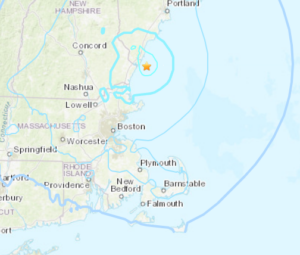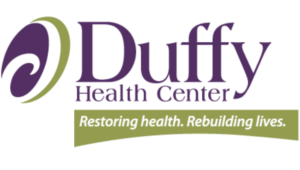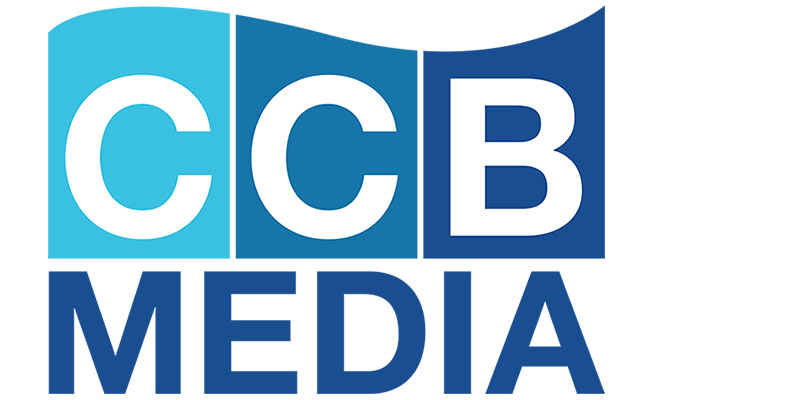 HYANNIS – Medical science currently offers no cure for migraine headaches, and diagnosing and treating the complex condition can be challenging. Fortunately, there are treatments available that offer relief to sufferers.
HYANNIS – Medical science currently offers no cure for migraine headaches, and diagnosing and treating the complex condition can be challenging. Fortunately, there are treatments available that offer relief to sufferers.
“Right now, no miracle cure is out there; no perfect treatment exists that is 100 percent effective and works for everyone,” said Adam M. Brown, DO, a pain management specialist at Cape Cod Healthcare. “But the good news is there are a lot of different treatments for people to try, including medications, non-procedural techniques and non-invasive procedures.”
A revolutionary advancement to a procedure that has been around for many years is now providing a more convenient, less invasive and more effective way to combat migraines, he said. The sphenopalatine ganglion block is a procedure that involves inserting a catheter through the nasal passages to apply lidocaine (a numbing agent) directly on to a bundle of nerves near the nose cavity. This nerve bundle is called the sphenopalatine ganglion and it controls sensation in the areas of the head associated with migraine headaches. These include the scalp, facial muscles and components of the brain’s lining.
“In the past, the procedure was done with a more simplistic approach, using a long cotton-tipped applicator similar to a Q-tip™ swab. It was harder to maneuver for the doctor and more uncomfortable for the patient,” said Dr. Brown. “Now I use the SphenoCath a small, very thin, flexible plastic catheter with a curved area that helps me deliver the anesthetic to the right spot. Effectiveness varies from case to case and it’s impossible to predict the level of relief it will provide, but I see a very high level of success for my patients.”
Study findings presented at the 2015 annual meeting of the Society of Interventional Radiology support the effectiveness of the sphenopalatine ganglion block. Researchers from Albany Medical Center and the State University New York Empire State College in Saratoga Springs conducted a retrospective analysis of 112 patients suffering from migraines or cluster headaches who had the procedure. Eighty-eight percent of the study’s participates indicated they required less or no migraine medication for ongoing relief following a sphenopalatine ganglion block.
Although the sphenopalatine ganglion block does not work for everyone, people who do find relief from the procedure may feel an immediate improvement and relief lasting for days, months, or longer, Dr. Brown said. The procedure can be repeated as needed if migraine pain returns.
Permanent Relief Is Possible
The potential for ongoing, even permanent relief also is quite possible because the process is similar to rebooting a computer, according to Dr. Brown.
“The theory is that when you block the nerves, it resets whatever is causing the pain signals. You shut things down with the block. When it wears off, everything functions normally again and there is no more pain signal.”
With the sphenopalatine ganglion block, migraine sufferers go through a surprisingly simple process that is quick, painless and safe. The procedure itself takes only about 10 minutes, followed by another 10 minutes of remaining in a prone position to allow the medication to do its job and numb the nerves.
There are very few risks, if any, associated with the block, said Dr. Brown. He uses fluoroscopy (real-time imaging) to guide his progress during the procedure to ensure the SphenoCath is exactly where it should be at all times.
The procedure causes minimal side effects, and the most common are temporary.
“None of my patients have said the process was painful,” said Dr. Brown. “You may end up with a little throat numbness afterward from swallowing a small amount of the numbing medication. It doesn’t last long and can be remedied quickly by swallowing or drinking some water.”
Very often, Dr. Brown performs a spehenopalatine ganglion block while a patient is having a migraine headache to provide much needed relief. If possible, however, he likes to meet with a new patient who has been diagnosed with migraines prior to the onset of a headache to discuss the procedure.
“I think it is much easier to make decisions when you are not in a lot of pain and feel desperate to get rid of it,” he said.
Migraine Symptoms
Symptoms experienced before, during, and after migraine headaches vary from person to person. Some possible migraine symptoms include:
- Increased sensitivity to light
- Increased sensitivity to noise
- Increased sensitivity to odors
- Blurred or distorted vision
- Blind spots in vision
- Upset stomach, nausea, or vomiting
- Becoming warm or cold without a change in external temperature
- Pallid or ashen skin
Diagnosing migraines is a process of elimination. Someone who thinks a painful headache is a migraine may in actuality be experiencing something else entirely. It could be a tension headache or a sinus infection. In some cases, it might be something far more dangerous and even life-threatening, like an aneurism or a stroke.
Finding a diagnosis is certainly important, Dr. Brown said.
“As we make further advances in medicine, we will come up with better tests giving us a better idea of what is going on. Until then, we are fortunate to have effective treatments at our disposal to help people with migraines.”
Dr. Brown recommends that anyone whose life is being impacted by migraine pain look into the sphenopalatine ganglion block, especially migraine sufferers who have not responded to other medical treatments and those who have experienced side effects from other treatments.
























